From the June 2021 issue of Apollo. Preview and subscribe here.
At the 1948 Summer Olympics in London, Great Britain’s John Copley became the oldest competitor ever to win an Olympic medal. The Mancunian was 73. Even though improved diets, preparation and training methods have, over the decades, increased the longevity of competitors, Copley’s record is unlikely ever to be toppled. Nor, in truth, is it likely to be much discussed by commentators and pundits at this summer’s delayed Olympiad in Tokyo (if it goes ahead). That is because Copley’s silver wasn’t won in front of cheering crowds at Wembley Stadium, or the Empire Pool, but in the quieter confines of the Victoria and Albert Museum. John Copley was not a sportsman, but a lithographer. His podium finish was in the Etchings and Engravings event at what would turn out be be the last ever Olympic Art Competition.

Polo (1939), John Copley. Courtesy Fine Art Society, London
When Baron Pierre de Coubertin brought the modern Olympics into being in the final decade of the 19th century, art as much as sport was on his mind. A lover of both, the dapper little Parisian abhorred the schism that had developed between the two. He had grown up in an artistic household – his father, Charles, was a painter who had been awarded the Légion d’Honneur for his work, and provided his son with the cover image for the official Olympics magazine – and he prided himself on being a man of refined aesthetic judgment, his ideals of beauty much influenced by John Ruskin. As a young man, De Coubertin had become enamoured with the gymnasiums of ancient Greece, which offered rigorous intellectual and physical training. The original Olympic Games, which had been held every four years from 776 BC until they were banned by Emperor Theodosius I in AD 394, had embraced the same concept and included competitions for sculpture, poetry and other arts – including trumpeting – alongside those for sports such as running, wrestling and chariot racing. As the driving force behind the new Olympics, De Coubertin stated boldly his intention to revive these ideals and ‘reunite in the bonds of legitimate wedlock a long-divorced couple – Muscle and Mind’.

Allégorie aux sports (1896), Charles de Coubertin. The Olympic Museum, Lausanne
Not everyone within the International Olympic Committee (IOC) shared the baron’s enthusiasm, however. Though De Coubertin campaigned passionately for art to be included in the Olympics from the first, his fellow organisers rejected the idea. While it was, they pointed out, easy to measure who ran 400 metres the fastest or threw a discus furthest, determining the winner in a field of statues or peloton of poems would be altogether more difficult, if not impossible. Had the Olympics not already included sporting events that awarded medals based on expert critical judgement (gymnastics, diving and, to some degree, fencing), De Coubertin’s opponents might have closed the case; as it was, in 1906 the baron finally prevailed, and only a last-minute change in venue of the 1908 Games from Rome to London – caused by the eruption of Mount Vesuvius – delayed the introduction of his cherished Concours d’Art to the Olympiad.
It was in 1912 at the Fifth Olympiad in Stockholm, therefore, that the baron finally realised his dream. The Games that summer saw medals awarded for painting, sculpture, literature, music and architecture. The criteria for entry to the Concours d’Art was simple: the work had to be inspired by sport and adhere to the Olympic ideals. For the inaugural competition, all entries in the five categories were sent to the baron’s home address in Paris. If there were fears he might be overwhelmed, they proved groundless: the entire competition attracted a meagre 35 entrants.

Baron Pierre de Coubertin, photographed on a motor tricycle in the south of France. Photo: © IOC
As well as an aesthetic sensibility, De Coubertin had experience of art competitions from close at hand. A number of his father’s works had been selected by the jury for the annual Paris Salon (at which medals had been awarded from 1849 onwards). Notoriously tetchy, this panel of worthies had, in 1863, rejected two-thirds of all the paintings entered, including those by Édouard Manet, Paul Cézanne, Camille Pissarro and James McNeill Whistler. The baron appears to have drawn inspiration from this behaviour when it came to making his own selections.
Only four painters had entered the first Olympic Art Competition. The best-known of them was Jean-François Raffaëlli, a Frenchman whose works had been shown at the Impressionist exhibitions of 1880 and 1881. Raffaëlli’s painting was admired by Joris-Karl Huysmans and Edgar Degas, but he found no favour with the Olympic judges and was placed last. The winner was Carlo Pellegrini, an Italian best known for his – admittedly rather charming – postcard illustrations of winter sports in the Alps.
A similar fate also befell the two most renowned artists to enter the sculpture competition. Rembrandt Bugatti – son of the celebrated motorcar manufacturer whose sensual animal bronzes currently sell for high six-figure sums – and the Impressionist Paolo Troubetzkoy, a triumphant success at the Paris Exposition of 1900 and touted by George Bernard Shaw as ‘the most astonishing sculptor of modern times’, both missed out on first place. Instead, De Coubertin hung the gold medal around the muscular neck of a wealthy, red-blooded American, Walter W. Winans. It gave the burly outdoorsman a unique double: he had previously won gold in the sporting section of the games for double-shot running-deer shooting. De Coubertin had been seeking a modern Olympic exemplar of the Greek ideal of mind and body in equilibrium. In the unlikely shape of Winans – sportsman, sculptor and author of a number of books including Hints on Revolver Shooting and How to Handle a Revolver – he seemed to have found it.
Nobody ever matched Winan’s cross-discipline feat, though in 1924 Alfréd Hajós came close. The Hungarian had won two swimming golds in 1896 and entered the architecture competition at the Paris games with some expectation of victory, only to come away with silver.
If there was a consolation for Bugatti and the others it was to be found in the literature section. Eleven years earlier in Stockholm, the Nobel Committee had chosen to award their first-ever prize for literature to the obscure French poet Sully Prudhomme rather than to Leo Tolstoy. Perhaps in a nod to the Games’ Swedish hosts, the baron likewise rejected a work by Italy’s Gabriele D’Annunzio, arguably Europe’s most celebrated – and certainly its most notorious – poet, and handed the gold medal to Georges Hohrod and M. Eschbach, authors of ‘Ode to Sport’. Hohrod and Eschbach were later revealed to be the nom de plume of one Baron Pierre de Coubertin.
Despite this stuttering and singular start, the art competition would be a feature of the next six Olympiads, broadening its scope (the fine-art section would be expanded to include drawing and graphics, friezes, reliefs and medals), attracting larger numbers of entries (the highest – 1,100 – in 1928) and finding greater favour with the general public (almost 400,000 people attended the month-long exhibition of entries at the Los Angeles Museum of History, Science and Art in 1932).
Over time, Rafaëlli and Bugatti would find themselves joined in the pack of also-rans by other artists with international reputations. In the 1928 Amsterdam games, for example, the celebrated British equestrian artist Alfred Munnings entered several canvases that failed to impress the judging panel, while a painting of the German heavy-weight boxer Max Schmeling by George Grosz was not deemed good enough to earn the great artist a place on the podium, or even a commendation. At times the judgements were perverse, at others they made sense. It seems unlikely, for example, that the Ashcan artist George Bellows’ painting A Stag at Sharkey’s – entered posthumously and therefore hors concours as one of the ‘amplifying exhibits’ in the exhibition at the Los Angeles Museum of History, Science and Art – would have been selected for a medal by the panel in Los Angeles, even if it had qualified. Rightly acknowledged today as one of the great masterpieces of sporting art, Bellows’ grimly arresting depiction of a semi-legal bout in a New York fight club, the fighters locked in a desperate struggle as an ugly mob bay for blood, has little to do with the Olympic ideals espoused by Baron de Coubertin.
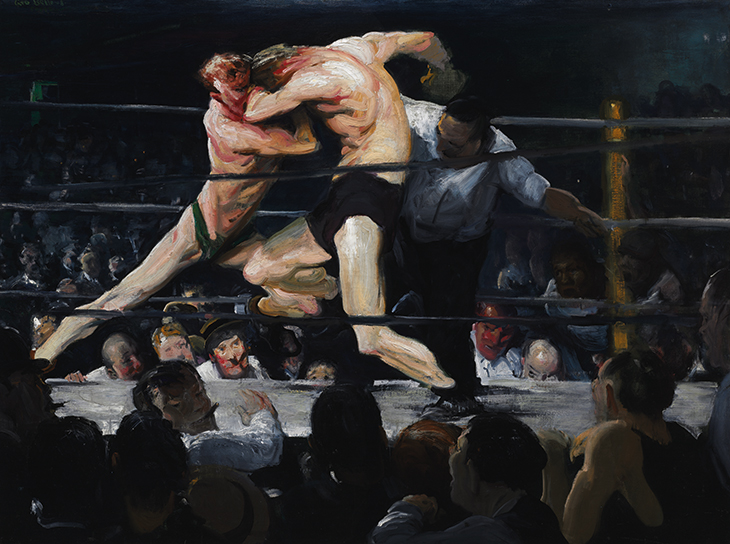
A Stag at Sharkey’s (1909), George Bellows. Cleveland Museum of Art
Meanwhile, lesser-known artists found unexpected favour. Luxembourg’s Jean Jacoby, for instance, picked up gold for painting in 1924 and for drawing in 1928, while the Swiss graphic artist Alex Diggelmann won gold in 1936, then completed the set with silver and bronze in 1948.
Perhaps this modus operandi wasn’t altogether surprising. As in gymnastics, diving and boxing, a shadow of controversy hung over the judging of the art competition. After 1912 – when it appears likely that De Coubertin alone chose the winners, thus cheekily awarding a gold to himself – judging was handled by an ever-expanding panel of critics, dignitaries and academics. The Olympic art committees appear to have taken an impish delight in refusing to hand out medals on the grounds that entries weren’t of sufficient merit to earn them. Of a total of 153 medals that were available in the seven Concours d’Art, only 124 were awarded. Hajós was given his silver medal in 1924 despite the fact that he had placed first. It is hard to imagine the judges doing the same in, say, rhythmic gymnastics or equestrian dressage.
Suspicions of bias were increased by the fact that the adjudicating panel was generally packed with locals. In Los Angeles, for instance, the 30 people who made up the various panels featured 24 Americans, while Germans filled 29 of the 41 places at the 1936 Berlin Games. In both instances home artists faired rather better than those from elsewhere. In Berlin, where the competition was partly overseen by Joseph Goebbels, artists from the Axis Powers picked up nine of the 14 medals awarded. As if to confirm notions of political interference, a number of the victorious works were subsequently bought by senior Nazis, including the Reich Minister for Propaganda.

The Liffey Swim (1923), Jack B. Yeats. Photo: © National Gallery of Ireland, Dublin
Despite the problems, the reluctance of most great artists to enter and a general feeling that the Concours d’Art enhanced neither the Olympics nor the wider world of art, the competition did produce some noteworthy medallists. In Paris in 1924 one of Paul Gauguin’s sons, Jean René (who competed for Denmark, where his father had briefly relocated to work as a tarpaulin salesman), won a bronze for his sculpture of a boxer, while Jack Butler Yeats, younger brother of the poet William Butler Yeats, became newly independent Ireland’s first Olympic medallist when he won silver for his oil painting The Liffey Swim. Yeats’s painting depicts an early edition of this annual event, today one of Ireland’s most popular traditional sporting contests. The expressionistic work places the viewer in among the ranks of spectators as they crane over the parapet to catch a glimpse of the competitors powering their way towards the O’Connell Bridge in Dublin. One of the onlookers, a man in a brown fedora, is thought to represent the artist; the woman in the yellow hat his wife, Cottie.
In Amsterdam four years later, the British artist Laura Knight took silver in the painting category, behind Isaac Israels, a leading Dutch Impressionist and friend of Manet and Max Liebermann. Knight’s painting Boxeurs was one of a series of works she’d done after watching sparring matches during a visit in 1917 to a Canadian army base in Surrey (the best-known of those works is Physical Training at Witley Camp). There is grace and an ascetic sensuality to Knight’s canvas that carries something of Rupert Brooke and his Neo-Pagans. It’s very different in tone from Bellows’ great work. This is boxing as martial ballet.
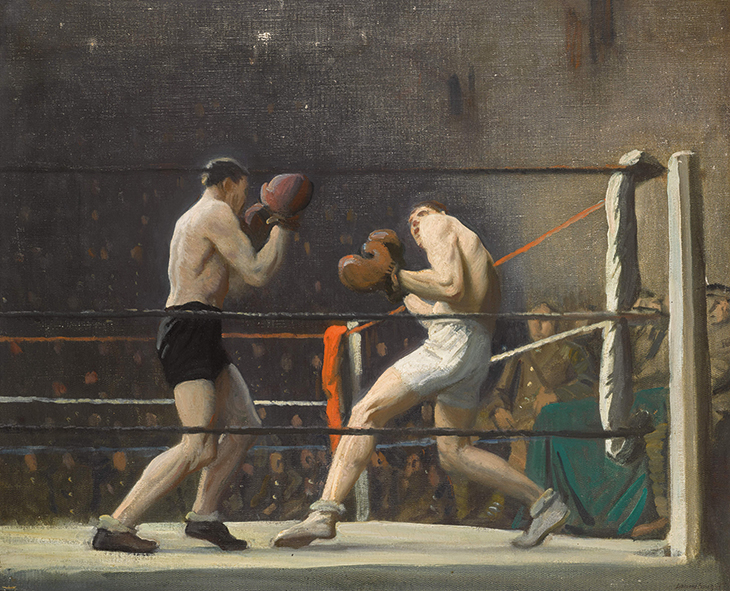
Boxing in Camp (The Light Heavy-Weights) (1918), Laura Knight. Photo: © Sotheby’s Images
In the sculpture competition that summer the Frenchman Paul Landowski, a former winner of one of art’s oldest competitions, the Prix de Rome, won gold for sculpture with a bronze of a boxer. (Landowski would go on to create the monumental Christ the Redeemer, which stands on the Corcovado mountain in Rio de Janeiro.) Pugilism was one of the most popular choices of subject for Olympic entrants. This was perhaps less a reflection of boxing’s Olympian virtues than a continuation of an artistic fascination with the fight game that had originated in early Georgian England with William Hogarth’s portrayals of the bare-knuckle ‘slaughterer’ James Figg. Boxers’ physiques and studied animation had an obvious appeal and if, as E.M. Forster insists, all human drama stems from antithesis, then prizefighting is clearly the most viscerally dramatic of sports.
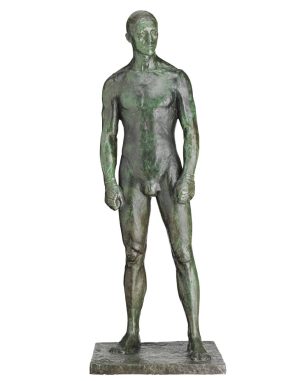
Pugiliste (1920), Paul Landowski. Espace Landowski, Paris. © Musées de la ville de Boulogne-Billancourt – Photo Philippe Fuzeau
Whatever its successes and failures, ultimately the Olympic Art Competition was doomed not by standards, public interest or judging controversies, but by the Corinthian ideals of pure amateurism which the Olympic Movement had pledged to uphold. In 1949 – 12 years after the death of Baron de Coubertin – the IOC suspended the contests on the grounds that the majority of the entrants earned money from their work. It was, the committee said, ‘illogical that professionals should compete at such exhibitions and be awarded Olympic medals’.
Not only that, the medals awarded in the Concours d’Art were struck from the tallies of the Olympic nations and expunged from the historic record of competition entirely. The septuagenarian John Copley isn’t included alongside Steve Redgrave, Jessica Ennis and the rest in Team GB’s medals tally on the IOC database.
Baron de Coubertin’s well-meaning arrangement of a marriage between sport and art had ended in divorce. The two parties would maintain a contact of sorts through the Cultural Olympiad and the intervention of host governments, who would chivvy their artists and institutions into re-engaging with the Olympics through projects such as the Bandstand Marathon in 2012, which saw 200 groups around Britain playing Coldplay’s ‘Viva La Vida’ at the same time. Yet despite that, muscle and mind continue to eye each other warily from a distance.
From the June 2021 issue of Apollo. Preview and subscribe here.
Unlimited access from just $16 every 3 months
Subscribe to get unlimited and exclusive access to the top art stories, interviews and exhibition reviews.


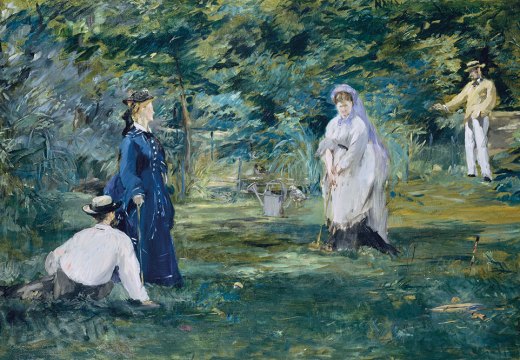
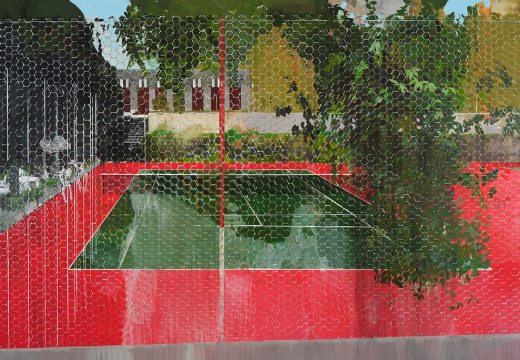
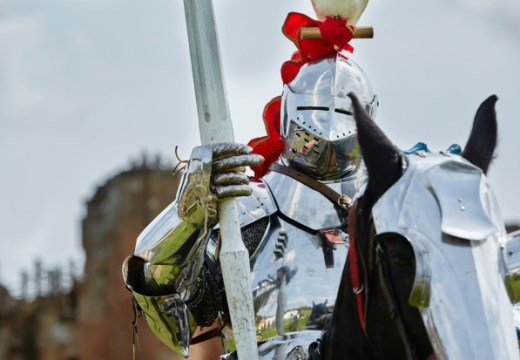









![Masterpiece [Re]discovery 2022. Photo: Ben Fisher Photography, courtesy of Masterpiece London](http://www.apollo-magazine.com/wp-content/uploads/2022/07/MPL2022_4263.jpg)
Why are fathers so absent from art history?